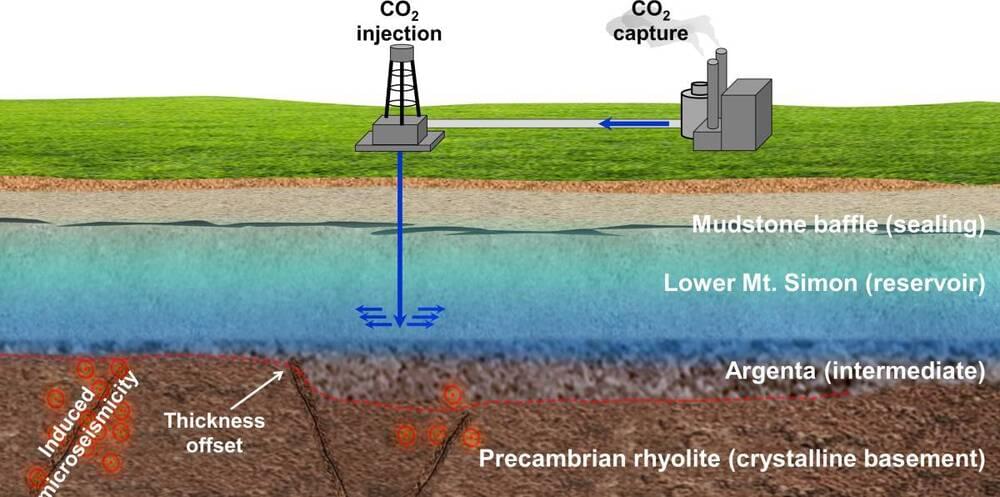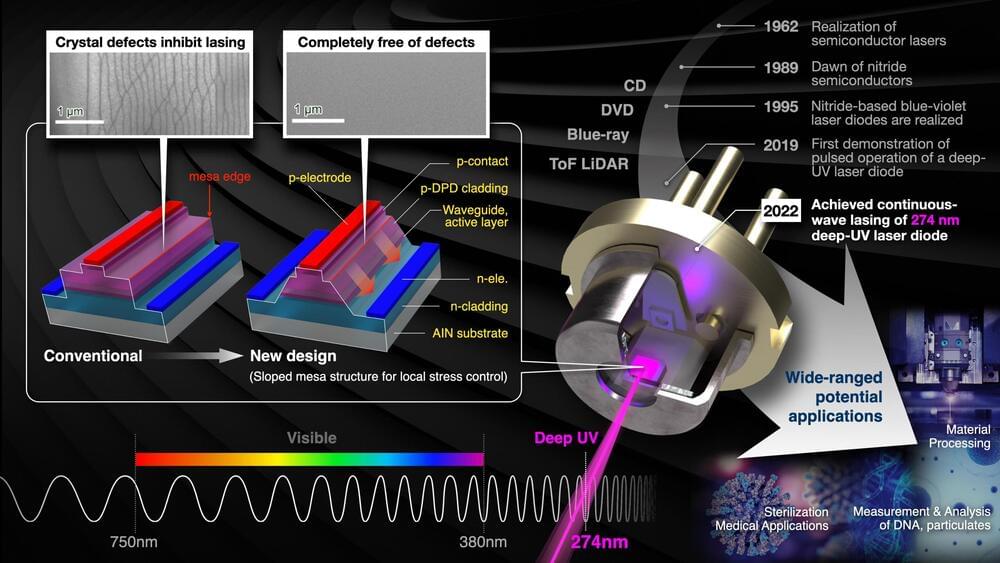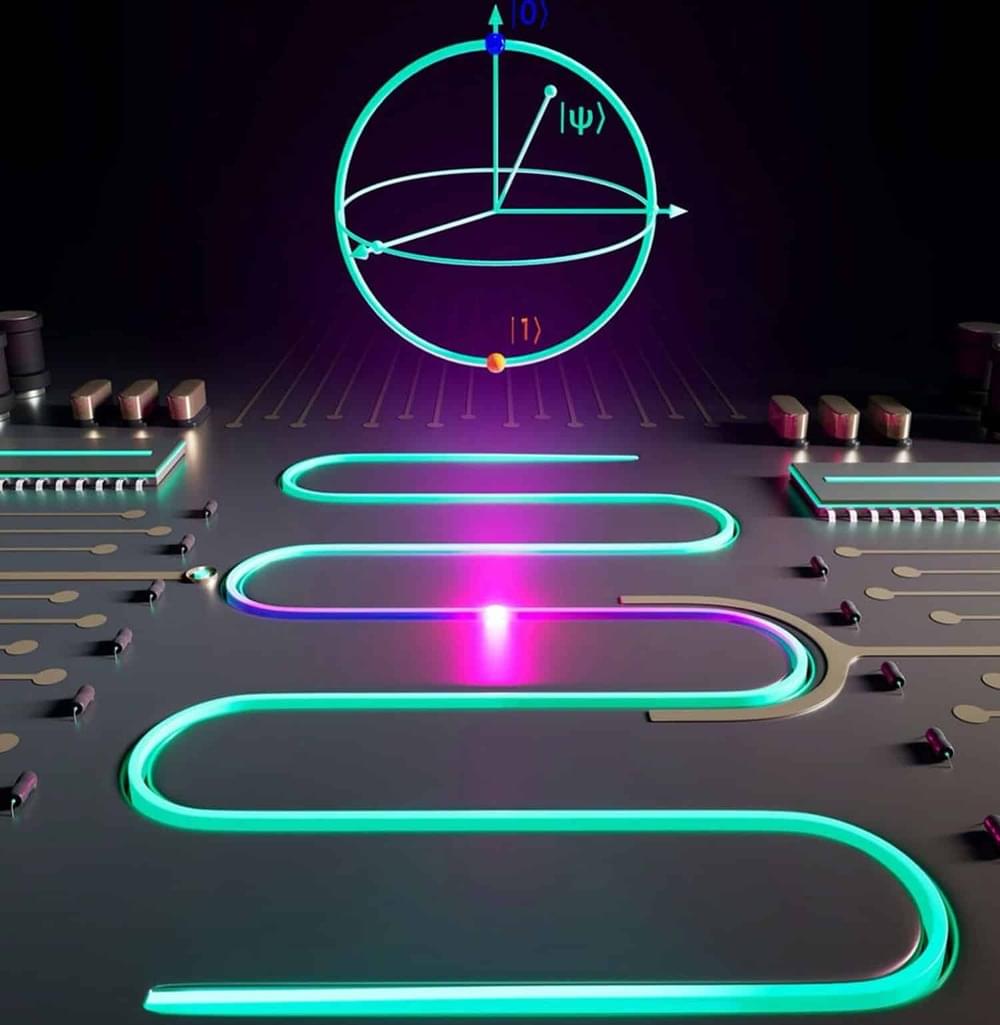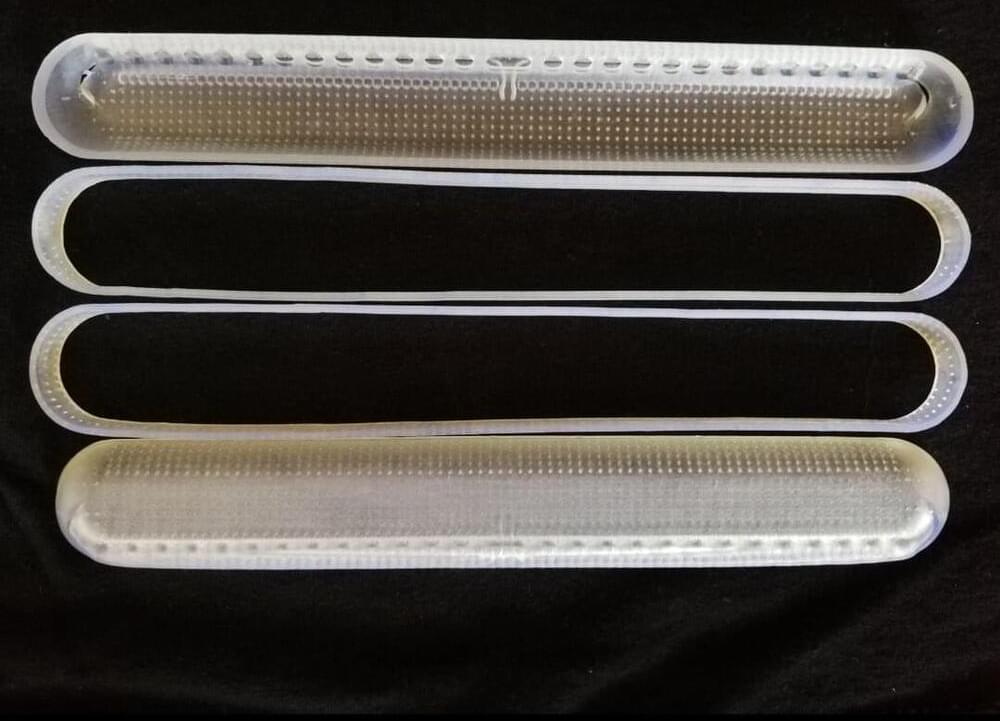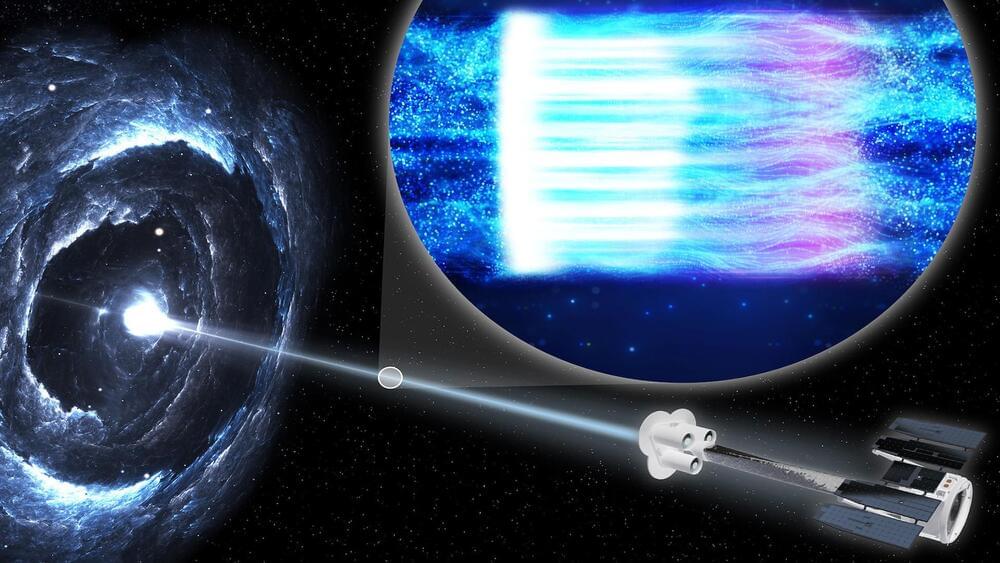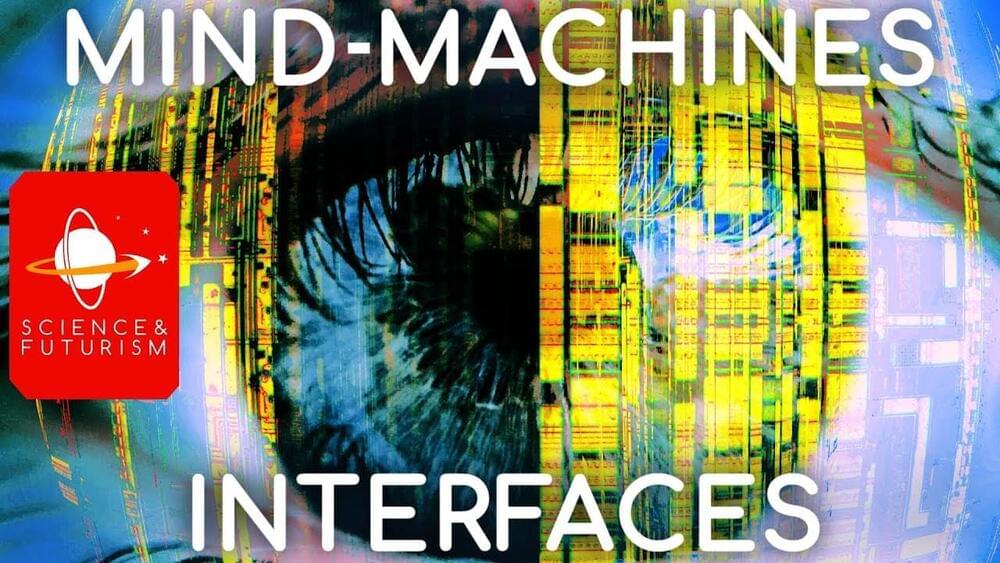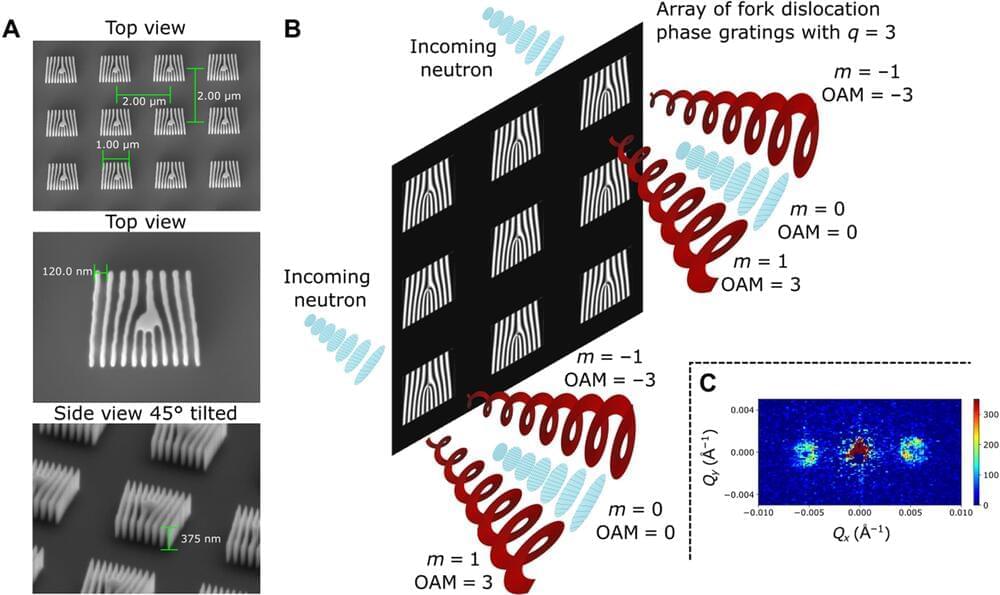
For the first time in experimental history, researchers at the Institute for Quantum Computing (IQC) have created a device that generates twisted neutrons with well-defined orbital angular momentum. Previously considered an impossibility, this groundbreaking scientific accomplishment provides a brand new avenue for researchers to study the development of next-generation quantum materials with applications ranging from quantum computing to identifying and solving new problems in fundamental physics.
“Neutrons are a powerful probe for the characterization of emerging quantum materials because they have several unique features,” said Dr. Dusan Sarenac, research associate with IQC and technical lead, Transformative Quantum Technologies at the University of Waterloo. “They have nanometer-sized wavelengths, electrical neutrality, and a relatively large mass. These features mean neutrons can pass through materials that X-rays and light cannot.”
While methods for the experimental production and analysis of orbital angular momentum in photons and electrons are well-studied, a device design using neutrons has never been demonstrated until now. Because of their distinct characteristics, the researchers had to construct new devices and create novel methods for working with neutrons.

